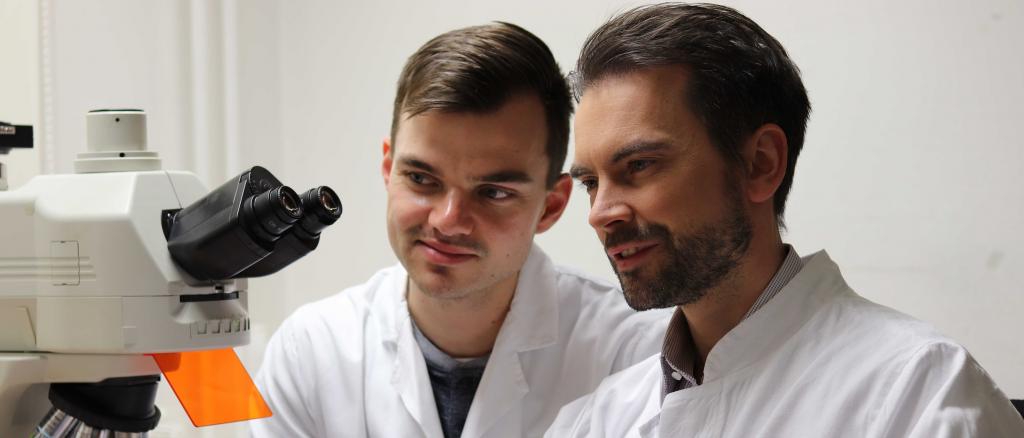
Up to 40 percent of all deaths in industrial nations are caused by the deposition of connective tissue with subsequent tissue scarring. Effective treatment options are currently hardly available. Scientists from the Friedrich-Alexander-University (FAU) Erlangen-Nürnberg (Department of Internal Medicine 3 – Rheumatology & Immunology, Head: Prof. Dr. Georg Schett) have now decrypted a molecular network that could control these processes and thus provide a new way to treat organ scarring. The results show that the protein PU.1 causes the diseased deposition of connective tissue. The scientists have now published their results in the renowned journal "Nature".
In connective tissue diseases, excessive activation of connective tissue cells leads to hardening of the tissue and scarring within the affected organ. In principle, these diseases can affect any organ system and very often lead to the disturbance of organ function. Connective tissue cells play a key role in normal wound healing in healthy individuals. However, if the activation of connective tissue cells cannot be switched off, fibrotic diseases occur, in which enormous amount of matrix is deposited in the tissue, which leads to scarring and dysfunction of the affected tissue. Why these repair processes in fibrotic diseases degenerate, was so far unclear.
An international team of scientists around Dr. Andreas Ramming at the Department of Internal Medicine III of the FAU has now been able to decipher a molecular mechanism responsible for the ongoing activation of connective tissue cells. In experimental studies, the researchers targeted the protein PU.1. In normal wound healing, the formation of PU.1 is inhibited by the body so that at the end of the normal healing process the connective tissue cells can return to a resting state.
"We have been able to show that PU.1 is activated in various connective tissue diseases in the skin, lungs, liver and kidneys. PU.1 binds to DNA and reprograms the connective tissue cells, resulting in a prolonged deposition of tissue components" explains Dr. Ramming. PU.1 is not the only factor involved in fibrosis because factors that are involved in the deposition of scar tissue have been already identified in the past. What has been rediscovered is that PU.1 plays a central role in a network of factors controlling this process. "PU.1 is like the conductor in an orchestra," explains Ramming, "If you take it out, the entire concert will collapse." This approach could already be tested with an experimental drug, which fuels the hope to conduct clinical trials soon, to inhibit PU.1 with the aim to treat fibrosis better.
The work was supported by the Else Kröner-Fresenius-Stiftung.
Further information:
Dr. Andreas Ramming
andreas.ramming@uk-erlangen.de
Tel.: 09131/85-39109